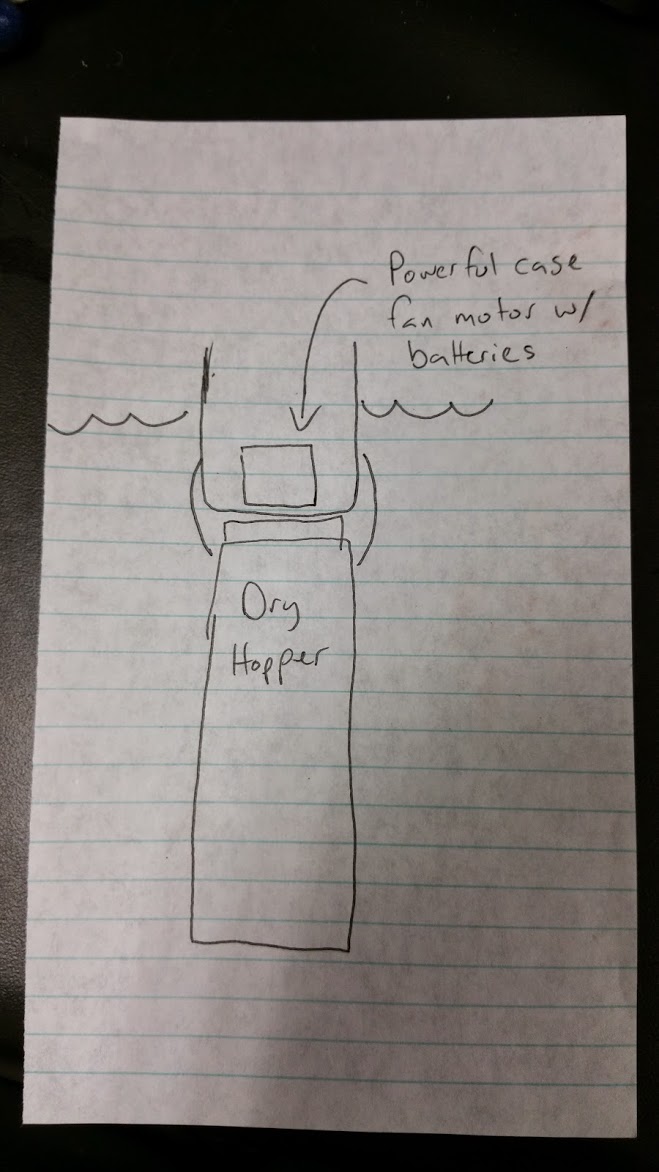Crazy as all this sounds............I like the hot dog roller idea the best.
You already have the dip tube in there, which could be the basis, or foundation for your "agitator", if you will.
Devise some type of detachable "paddle", that was easily sanitize-able, that could be clipped on the dip tube.
You could sacrifice 1 corney keg lid,to be used amongst all your kegs.
Attach your hop basket to the lid..........Solid stainless rivets come to mind, ( 'cause I do sheet metal work!).
Prep and install them properly, and they will hold pressure, as they do it all day long , ( rivets), on an aircraft fuselage.
Build a rack with inline skate wheels top and bottom, that will cradle the corney, with a stop at each end so the keg won't "crawl" out of the cradle.
The "stops" could include a skateboard wheel.......(hmmmmm, 'cept for the "notches" on the handle end of the keg....)......WAIT!
Make the handle end higher on the rack, then only one "stop" idler would be needed.
Rig up a slow, friction drive setup, where the drive wheel bears on the keg body...........Windshield wiper motor comes to mind.
Load the keg, purge, lay it on the cradle, and turn it on.



















































![Craft A Brew - Safale BE-256 Yeast - Fermentis - Belgian Ale Dry Yeast - For Belgian & Strong Ales - Ingredients for Home Brewing - Beer Making Supplies - [3 Pack]](https://m.media-amazon.com/images/I/51bcKEwQmWL._SL500_.jpg)







